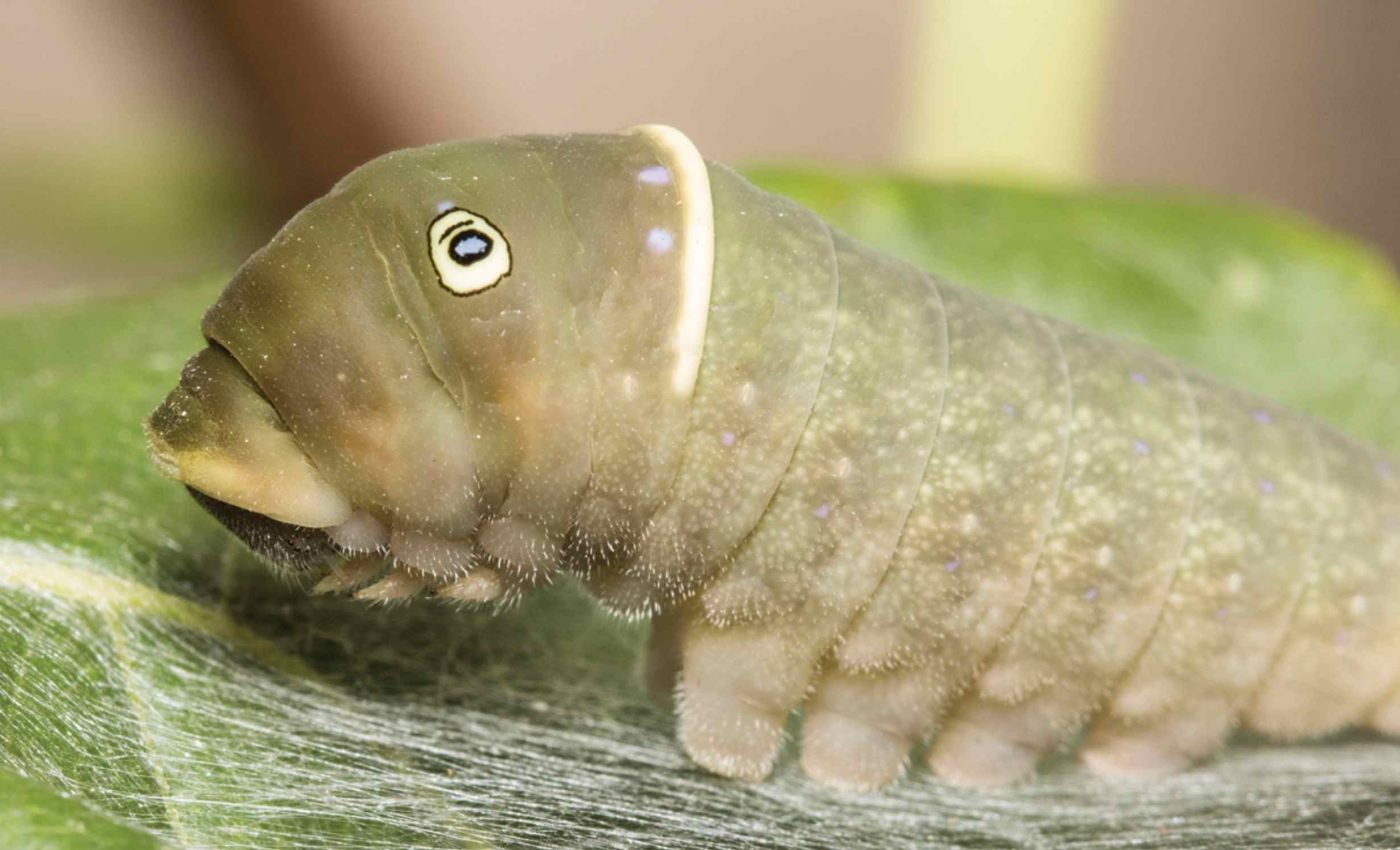
New species of 'tiger swallowtail' butterfly discovered in the U.S. had gone unnoticed by scientists
Scientists working in eastern North America have announced an unexpected find that has stirred wide interest among insect enthusiasts. A previously unrecognized butterfly, known as Papilio solstitius, has been described as the newest member of the iconic tiger swallowtail group.
According to preliminary observations, this tiger swallowtail butterfly group stands out for its late-summer emergence. It shows traits that set it apart from its close relatives, which include the widely known Papilio glaucus, Papilio canadensis, and Papilio appalachiensis.
Dr. B. Christian Schmidt from the Canadian National Collection of Insects, Arachnids, and Nematodes contributed significantly to this work, and noted that “the Papilio glaucus group is a model study system in insect evolutionary biology.”
Tiger swallowtail butterfly behavior
Entomologists realized early on that Papilio solstitius behaves differently from other tiger swallowtails. They found that it has a unique seasonal timing, which separates it from its spring-flying neighbors.
Researchers stated that “the most significant differences are apparent in developmental biology and phenology” .
A key point is its late post-diapause schedule, which results in adults appearing around early July.
One group member remarked that Papilio solstitius is unique in its long post-diapause emergence delay, with adult eclosion beginning in late June to early July, compared to May for all other species.
Examining the butterfly’s neighborhood
This new discovery occupies a broad section of eastern North America. Specialists tracking its distribution report that the geographic range stretches across southeastern Canada and parts of the northeastern United States.
“The core range of Papilio solstitius includes eastern and south-central Ontario, northern and central New York and adjacent Vermont, New Hampshire, and Pennsylvania, encompassing a minimum land area of approximately 174,000 km2,” noted the investigators.
That covers about 67,212 square miles (174,000 square kilometers).
Papilio solstitius thrives in forested landscapes, and it appears to favor habitats where host plants, such as certain ashes and cherries, flourish. Its presence in a variety of woods suggests it has adapted to multiple microclimates within its range.
Why the new butterfly matters
“Papilio solstitius is closely related to these three species, but differs from all in a suite of characters,” wrote the authors who first described it.
The tiger swallowtail butterfly family often draw attention because of their impressive colors and important role in local ecosystems.
The discovery of an overlooked species invites curiosity about what else might be hidden in seemingly well-studied areas.
It took time for this insect to get recognized because it blends features of its close cousins yet follows its own schedule.
Many observers likely confused it with spring-flying species that can look quite similar, especially at a quick glance.
Connections to everyday science
Scientists describe this research effort as a reminder that our planet still holds surprises, even in places where people have long kept an eye on wildlife.
They also believe it highlights how shifts in climate or local environments may influence species boundaries in ways that remain poorly documented.
These evolving landscapes give researchers new incentives to keep testing assumptions about distribution.
Some entomologists hope that the formal naming of this butterfly will help pinpoint trends in temperature and habitat that might be guiding its spread.
Butterfly species of interest
“The recognition and delimitation of Papilio glaucus and Papilio canadensis as a classic sibling species pair led to three decades of study in speciation, host plant adaptation, hybridization, and molecular evolution,” explained the researchers.
The larger Papilio glaucus group includes various swallowtails long studied for their vivid appearance and ecological variety.
Their different preferences for temperature and region have served as a window into how insects evolve in response to changing conditions.
Papilio solstitius adds another layer to that puzzle. By clearly marking the features that define it, specialists open new discussions on how similar species might have emerged in tandem or split off over time. The research team emphasized their hope that others will explore these patterns further.
Future of the Tiger swallowtail butterfly
Questions remain about what triggered the emergence of Papilio solstitius as a separate species and how far it might expand its distribution.
More fieldwork could clarify whether there are additional undiscovered pockets of “late-flight” tiger swallowtails or if these insects mix with other populations in regions farther south.
The authors are confident that this novel species will energize further study.
“It is our hope that recognizing and defining the taxonomic identity of this unique evolutionary lineage provides a staging point in the fertile grounds for future research,” one of them said.
An important finding
Papilio solstitius stands out not only for its timing in the summer but also for its combination of physical characteristics.
Experts believe these differences, combined with modern genetics, will yield clues about how hybrids and local adaptations fuel biodiversity.
Still, many mysteries remain unresolved. Insect watchers are now encouraged to record when and where they see midseason tiger swallowtails, because such sightings could fine-tune scientific understanding of this butterfly’s behavior.
People across the Northeast might find it fascinating to learn that a seemingly familiar “tiger” can carry fresh significance.
The study is published in ZooKeys.
—–
Like what you read? Subscribe to our newsletter for engaging articles, exclusive content, and the latest updates.
Check us out on EarthSnap, a free app brought to you by Eric Ralls and Earth.com.
—–













